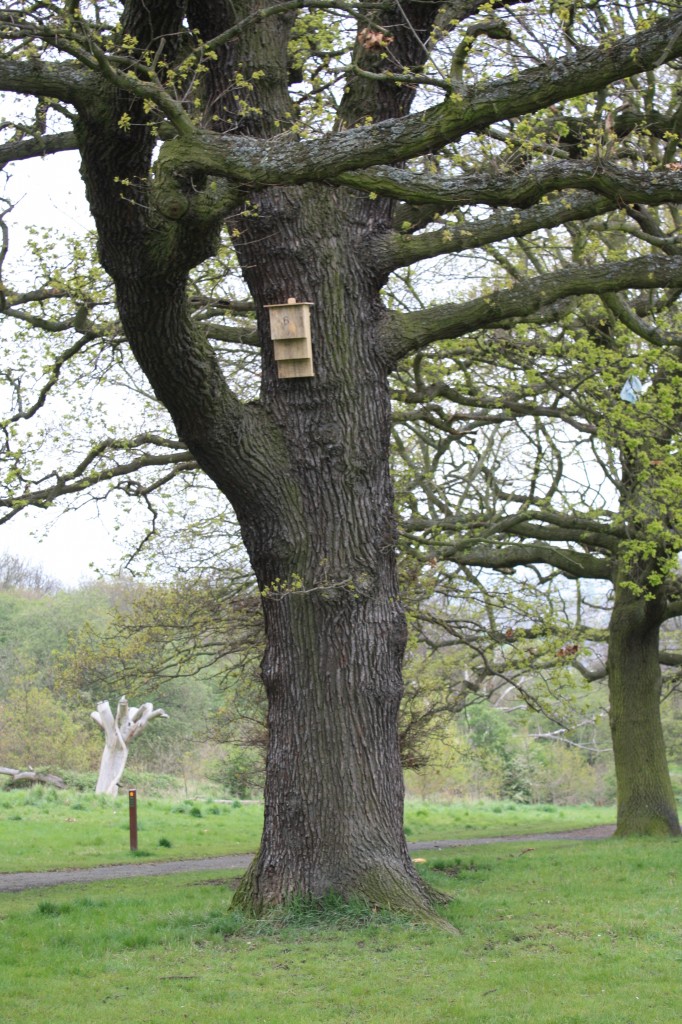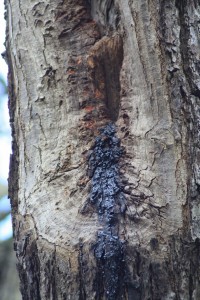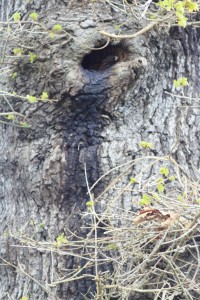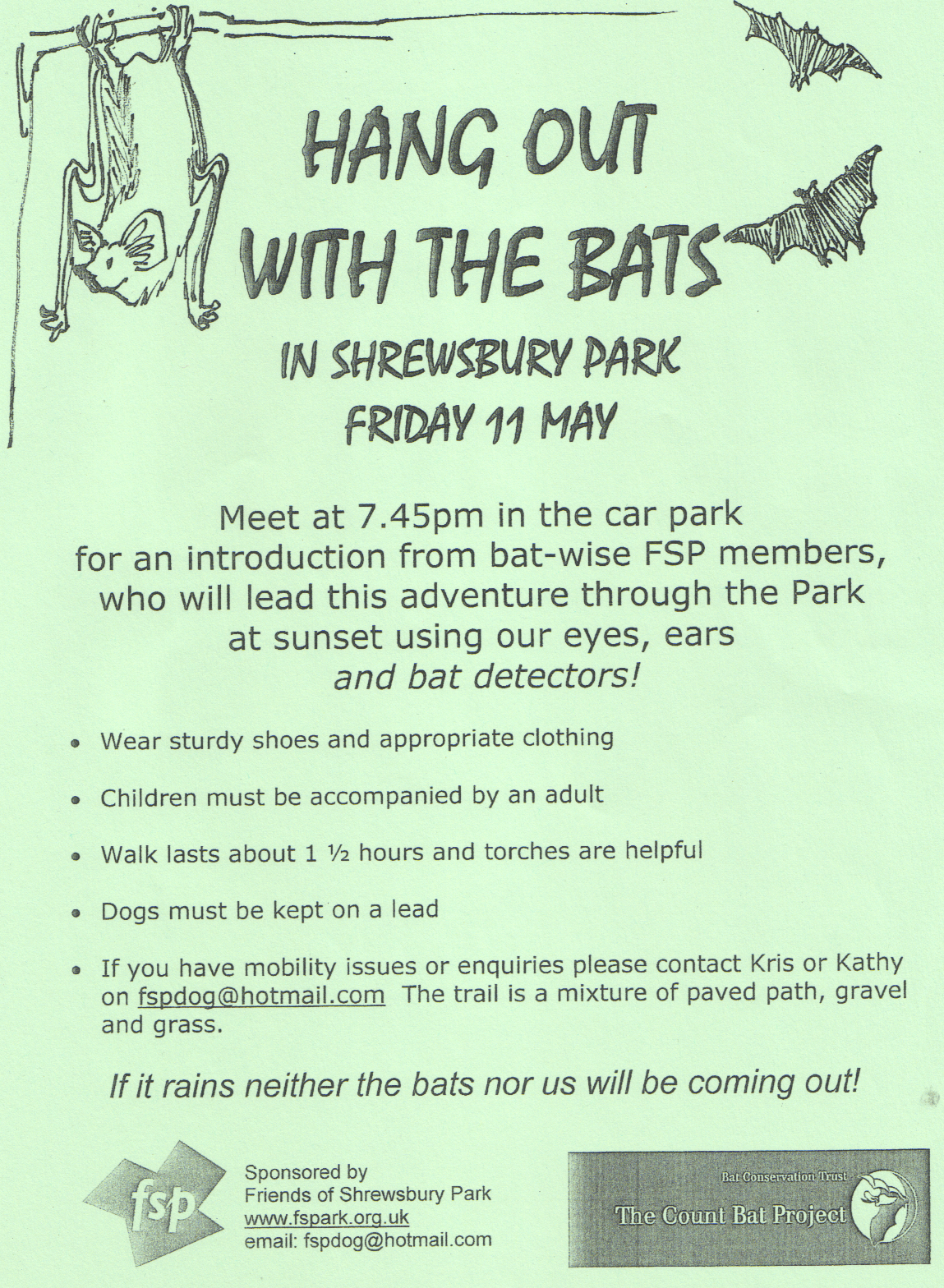The Friends of Shrewsbury Park have gone a bit batty recently. They have constructed and installed some bat boxes in the park and, weather permitting, they will be holding a bat walk in the park next Friday, 11th May. The e-mail from the Friends announcing the event said:
Come and experience an FSP Bat Walk on Friday 11 May, find out where the new bat boxes have been sited and get to know these shy guys in Shrewsbury Park.
We are meeting at 7.45 in the car park off Plum Lane for an introduction from Bat-wise FSP members who will lead this adventure through the Park at sunset using our eyes, ears and bat detectors!
· Wear sturdy shoes and appropriate clothing, a torch is useful.
· Children must be accompanied by an adult.
· Dogs must be kept on a leash if you need to bring yours.
· The walk will last about 1 ½ hours. If you have mobility issues or enquiries please contact Kris or Kathy on fspdog@hotmail.com . The trail is a mixture of paved path, gravel and grass.
The event is free but your spare change towards buying our own bat detector will be much appreciated.
If it rains neither the bats nor us will be coming out! (but we will reschedule a walk in September)
There are 18 species of bat in the UK and the latest Bat Conservation Trust survey shows that since the year 2000 numbers have been stable or increasing. However that must be offset against steep declines in numbers at the end of the last century – a 70% decline between 1978 and 1992. Bat numbers are one of the UK’s biodiversity indicators – they are seen as a good indicator of the quality of the wildlife habitats in the UK because they are sensitive to a range of environmental pressures. Scientists are currently concerned about the spread of the fatal bat disease known as white-nose syndrome from the USA into the UK population – early indications are that it has not affected British bats yet.
The most likely bats to be spotted on Friday are the Pipistrelle and the Noctule. The Pipistrelle is the most common, and the smallest British bat, weighing around 5g (less than a £1 coin), with a body around 3 or 4cm long and wing span between 18 and 25cm. Pipistrelles can eat up to 3000 insects in a single night! In contrast the Noctule is one of Britain’s largest bats with a wingspan of up to 45cm.
The bat boxes were constructed using the Kent bat box design, and attached, with help from the Royal Borough of Greenwich Council, to a number of trees last Wednesday. The bat walk on Friday will pass right by all the boxes. It is a bit soon for them to be inhabited, sometimes it can take a year or two, though this is the time of year when female bats are looking for suitable nursery sites with the young usually being born around the end of June or early July.

There is some evidence of bat roosts already in trees in the park. Many British bats roost in holes in trees, and there is frequently a tell-tale brown stain of bat urine on the tree below the roost hole. They do frequently move between different roost sites however, so a brown stain doesn’t necessarily mean the hole is inhabited.


The Friends have borrowed a number of bat detectors from the local parks’ forum and the Bat Conservation Trust for the bat walk. These mainly detect the bats’ use of echolocation to find their insect prey at night. As the London Bat Group‘s web site explains:
Bats can see very well, probably better than we do at dusk, but even their eyesight needs some light and they would be unable to find their insect prey in the dark. Bats have solved this problem and can find their way about at night and locate their food by using a sophisticated high frequency echolocation system. Our hearing ranges from approximately 20Hz (cycles per second) to 15,000 to 20,000Hz (15-20Khz) depending on our age, but bat calls are generally well above this. By emitting a series of often quite loud ultrasounds that generally sweep from a high to low frequency or vary around a frequency, bats can distinguish objects and their prey and therefore avoid the object or catch the insect. The frequencies used, and the type of sweep or characteristics of the call can help us to distinguish the species of the bat when we use a bat detector that turns the ultrasound into sound we can hear.
Let’s hope the weather is better for bats and people on Friday, but meanwhile here is an example of what a pipistrelle sounds like using a heterodyne bat detector like the ones which will be used for the bat walk.

